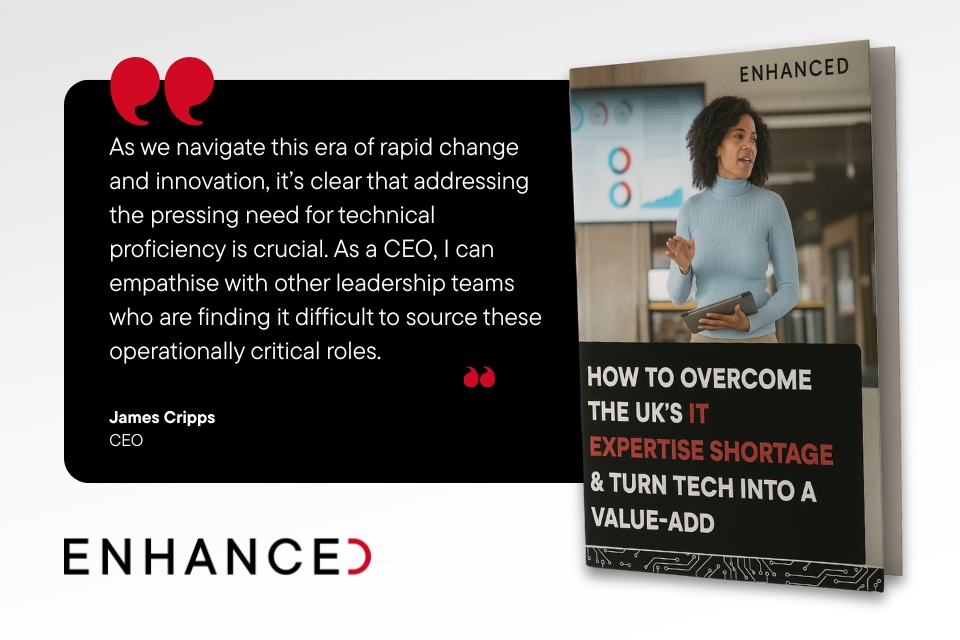By Keith Glancey, Systems Engineering Manager at Infoblox
Cloud adoption has never been higher. Whether it’s public, private, multi- or even hybrid-cloud environments, organisations of all sizes, across all sectors are benefiting from the enhanced flexibility, reduced cost and greater stability that cloud can bring.
However, whilst cloud can be an enabler in many areas, it can also cause complications for both security and compliance. In fact, recent research revealed that over half of UK businesses cite security concerns as the biggest barrier to public cloud adoption. To add to this, over a third of business leaders (35%) who have adopted cloud aren’t completely confident that it is secure.
Cloud environments present some unique security challenges. One such challenge is achieving visibility across an entire organisation. When a business uses multiple providers – and stores data in different locations across on-premise and cloud environments – total visibility can become almost impossible to achieve. But, without it, businesses leave themselves vulnerable to attack. For the modern CISO, visibility has become a huge headache in recent years.
Ensuring everyone is on the same page
The average CISO will probably have a snapshot view of the ‘bigger picture’ in terms of the security of their cloud providers. However, when it comes to the day-to-day details – such as relatively minor changes to the identities of and contracts with external partners, for example – it can be very difficult to keep track. Add to this that many organisations will have multiple cloud systems running side by side, as well as on-premise infrastructure that is typically full of legacy applications, and it’s easy to see how certain information can get lost in the ether.
Although most cloud providers have security measures in place that are more than adequate, there is a tendency for them to focus on their own platform. This method totally ignores the user’s unique ecosystem. This one-size-fits-all security method does not always work to the advantage of an individual organisation, which is why it’s important for CISOs to remain in the driver’s seat.
CISOs looking to increase visibility could start with an analysis of their key partners. This can help them to determine the best course of action on a case-by-case basis. For example, when a business relies on external server services, it can be difficult for the network team to obtain a 360-degree view across the entire critical infrastructure. This can lead to certain oversights and a lack of understanding in terms of the overall network security posture, especially when you throw IoT devices into the mix. In this case, instead of monitoring all used platforms separately, it is more effective to add a layer to the network that provides centralised insight into the entire ecosystem.
This is where modern technologies – such as cloud DDI (DNS, DHCP, and IPAM) – come in. By giving CISOs and network teams the ability to automate and consolidate critical aspects of cloud network management, respond quickly to business needs and integrate cloud service platforms across a business, DDI augments visibility into network activities and increases control. It grants visibility into networking activities, no matter where devices might be connected from – including remote locations. 90% of malware touches DNS – the first D in DDI – when entering or leaving the network, making DNS a critical detection tool that, when connected to the security stack, can enable stronger threat remediation. Ultimately, DDI enables the network team to quickly detect and fix any vulnerabilities, no matter where they originate.
Solving compliance complexity
Navigating a myriad of different cloud providers also makes compliance more difficult than it should be. Suppose a business is legally obliged to store data on European servers – what happens if a supplier has this order, but its partners don’t follow the same policy? The same applies to subpoenas; a third party abroad could simply reveal sensitive data, even if this is in violation of European law.
When it comes to compliance, it’s not enough to simply rely upon a supplier’s word. In order to avoid potentially the devastating fines and reputational damage associated with failure to comply, CISOs need to enforce a certain level of visibility across all third parties and ensure that everyone is following the same rules.
CISOs can take some simple steps to monitor the situation and ensure compliance in the cloud. For example, when it comes to meeting guidelines such as the EU’s Security of Networks & Information Systems (NIS) – which is intended to establish a common level of security for network and information systems – adding a layer to an organisation’s infrastructure can help to boost visibility and reduce complexity. This can also help to automate processes that enable a network team to make their entire security stack work together and thus better anticipate vulnerabilities.
As cloud becomes an increasingly important part of IT infrastructure, CISOs will continue to face many different security and compliance challenges. In order to get ahead and keep both employees and customers safe, they will need to focus on establishing total visibility across the network of providers and partners. Only then will CISOs be able to take back control and the wider business reap the rewards associated with cloud adoption.








